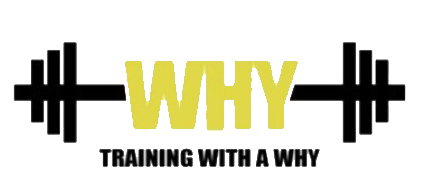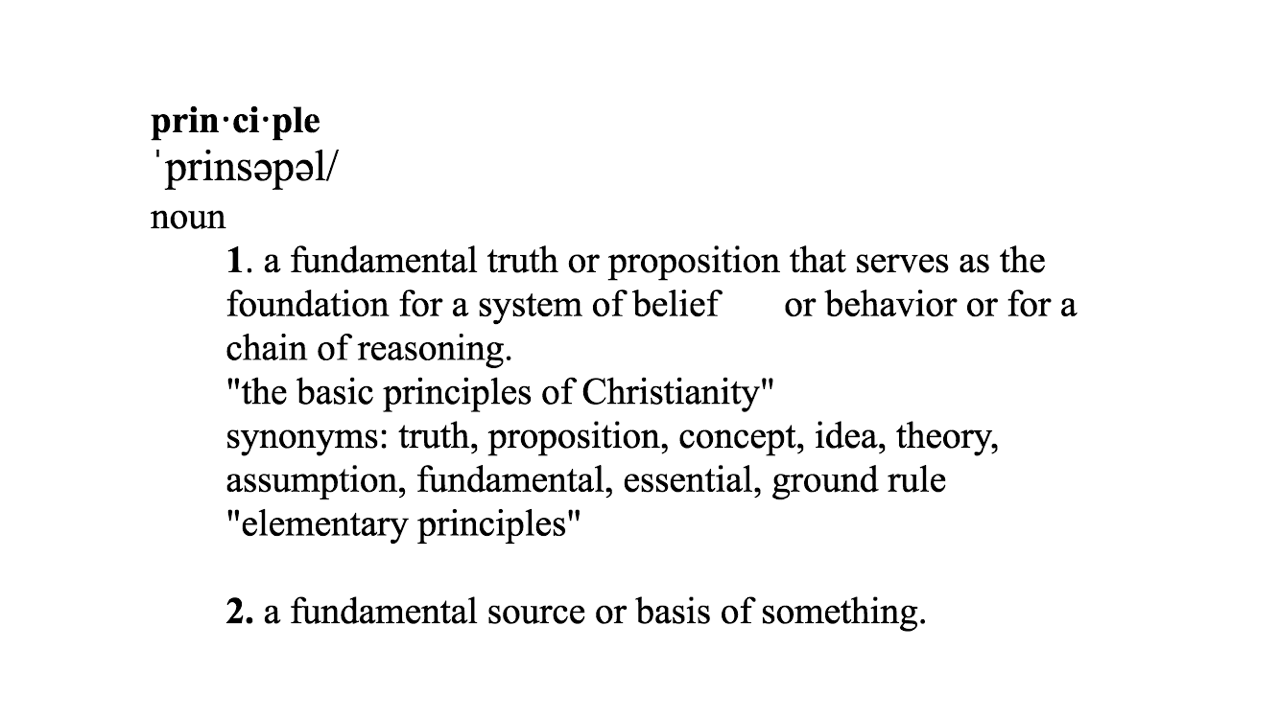When I first entered the strength and conditioning field I wanted to learn as much as I could as fast as I could. I read articles detailing specific exercises, I read books about programming, I did it all. I learned a great deal through reading, and talking with people that were already successful in this field. However, it seemed as I learned and discovered new things the same question kept creeping into my head. “Why?” For me, it wasn’t good enough to learn new things and simply apply them. I needed to know why I was doing a certain exercise or why I was writing a program a certain way. I believe wanting to know “Why” came to me naturally because for me, if I didn’t know why I was doing something then how could I possibly adjust it or improve upon it? I understood very early on that knowing the “Why” would make it easier for me to think on my own instead of constantly relying on books or mentors. I needed to have my own set of beliefs or rules that I could base all of my decisions from.
For me, I had great mentors at the university I worked for as an intern and then a graduate assistant. They taught me the importance of principles over methods. The first time I heard that line, “Principles over Methods”, it was like a ginormous light bulb went off in my head and I was like “Yes, that’s the answer to the question that’s been nagging at me!” I needed to develop my own set of principles to live off of. By having principles every decision that I would be faced with was made very simple, it either fell under my principles and I used it or it didn’t and I ignored it.
In a field with an abundance of information and unique ways of thinking this simplicity was like a breath of fresh air. This simplicity also allowed me to have the confidence in my decisions and gave me a “Why” for everything I did or do. This is a big complaint I have with the strength and conditioning field. It seems a large portion of people are worried about methods or the “How” of something instead of having any principles or “Whys”. I find this ironic because if you have principles then the methods or “How’s” comes to you organically. I feel that most people fall in love with the “How’s” of something because they are afraid of missing out on something. I can see how this can easily happen. You discover a new exercise, or method of doing something and you feel that it can be beneficial your program. However, without having any principles to live by eventually you are throwing every shiny new method into your program and not having a very clear understanding of exactly “Why” you are doing what you are doing.
I’ll admit, at times it takes a great deal of self-discipline to say no to something and stick by your principles. For those of you that read my article Why my High School Athletes Don’t Do Olympic Lifts you know that I don’t have my high school athletes perform Olympic lifts. Does this mean I dislike the O-lifts? No. Does this mean I don’t see the benefits that they offer? No. Neither of those are true. The O-lifts can be a great tool for athletic performance and if you use them in your program then great. However, they do not fall under my movement based principles and therefore I do not use them, it really is that simple. Other exercises that isolate a certain muscle group such as GHR’s are great exercises but again, they do not fall under my principles so I do not use them.
I did not write this article to say that your beliefs should line up with mine. I wanted to write this article to give some people a direction that may be struggling with the abundance of information and ways of thinking in this field. If you are one of those people that are always grabbing at the newest method or shiny new toy then ask yourself “Why?” Why are you adding that exercise? I also hope that is article encourages you to have the self-confidence to develop your own principles that you can live by. Following are the principles I follow. Again, these are my principles and in no way am I saying yours have to match mine.
My Principles
- 8 Movements that I use
- Push/Press (Vertical and Horizontal
- Pull (Vertical and Horizontal)
- Squat
- Hinge
- Carry
- Crawl
- Roll
- Hang
- Perform a variation of each movement EVERY workout.
- Perform as many different variations for each movement as possible.
- For every bilateral movement done in the week perform a unilateral movement in the same plane.
- Every exercise should be done in a full range.
As always, thanks for reading and be sure to support the site by subscribing with your email.


